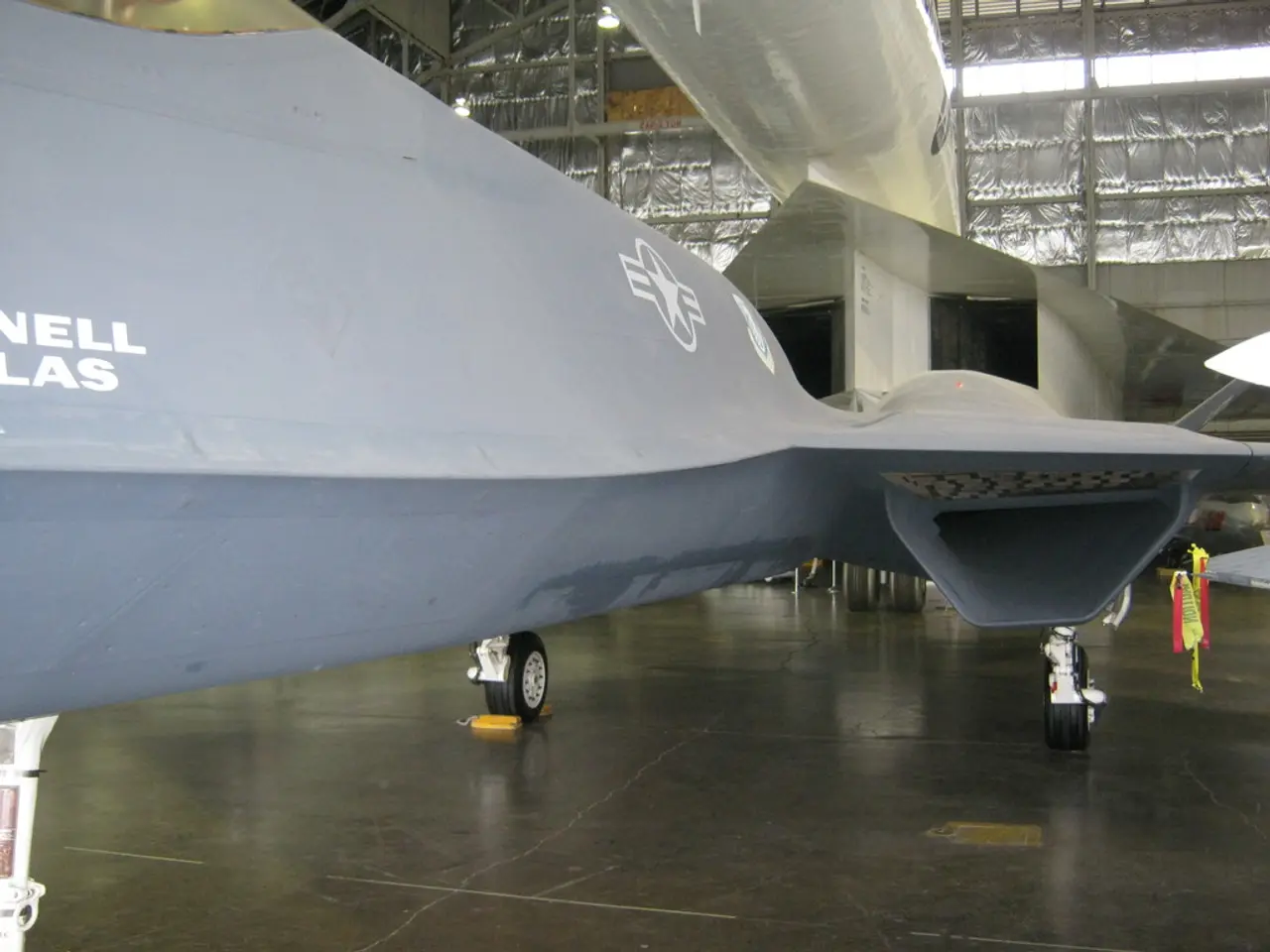Telescope Components for Visual Use & Their Roles:
In this guide, we aim to provide a comprehensive overview of the fundamental parts of a telescope system. While this is a general guide, it's essential to note that these components can vary among different telescope models.
Optical Tube
For most people, the optical tube is the focal point when they think of a telescope, as it is the light-gathering device. Refractor-type telescopes have a lens at the front, while reflector telescopes have a mirror at the back. Some telescopes, known as catadioptrics, incorporate both lenses and mirrors. The most common examples of catadioptric telescopes are the Schmidt-Cassegrain telescope (SCT) and the Maksutov-Cassegrain telescope (MCT or Mak).
The aperture measures the diameter of the front lens or rear mirror of the optical tube. Aperture plays a crucial role in determining the light-gathering ability of a telescope and allows for a greater ability to see dim and distant planets and deep-sky objects. The focal length of the optical path within the optical tube can also be found in the telescope's specifications and is essential for calculating the magnification produced by specific eyepieces.
The Mount
The mount is a critical component that supports the telescope and allows for object pointing and tracking. Equatorial mounts, often referred to as German equatorial mounts (GEMs), are specifically designed for astronomy and use a polar alignment process to locate celestial objects. The more general altitude-azimuth (AltAz) mount works similar to camera tripods, making tracking and aiming easier for less experienced users.
Different mounts are offered in manual, partially computerized (PushTo), or fully computerized (GoTo) versions. Budget mount options involve manual adjustments, while push-to and GoTo mounts offer enhanced capabilities, automatically moving the telescope to find and track celestial objects.
Eyepiece
The eyepiece is responsible for providing magnification for the telescope system. Commonly, starter packages include multiple eyepieces, each with a different level of magnification. Eyepieces are standardized and can be shared among telescopes of compatible sizes.
Barlow Lens
The Barlow lens can be inserted between the eyepiece and the focuser to multiply the magnification of the eyepiece, providing additional magnification choices with fewer eyepieces.
Diagonal
Diagonals are commonly found in refractors, SCTs, and MCTs and enable convenient viewing positions by bending the light, so the user does not have to kneel to look through the telescope. Newtionian reflectors do not use diagonals as they invert the image, which is not an issue for astronomy but may not be suitable for daytime terrestrial use.
Focuser
A focuser moves the image into focus by turning a dial. Beginner packages typically have a single-speed focuser, while more expensive packages include dual-speed focusing devices for more precise focus adjustments at high magnifications.
Finderscope
Finderscopes are auxiliary optical devices used to help position the telescope accurately. They are either red dot finders (RDFs) or magnifying finderscopes (RACI or straight-through). RDFs are simple and offer easy targeting once properly aligned, while magnifying finderscopes can be helpful in light-polluted areas due to their wide field of view.
In this comprehensive guide on telescope systems, we discuss the optical tube, mount, eyepieces, Barlow lens, diagonal, focuser, and finderscope – fundamental components that make up the system. The optical tube, whether refractor, reflector, or catadioptric, is the light-gathering device with varying apertures and focal lengths. The mount, either equatorial or altitude-azimuth, supports the telescope and allows for pointing and tracking of celestial objects. Eyepieces provide magnification, while a Barlow lens multiplies the eyepiece's magnification for additional choices. Diagonals bend light for comfortable viewing positions, and focusers ensure the image is in focus. Finderscopes, either red dot or magnifying, assist in accurately positioning the telescope, with magnifying finderscopes beneficial in light-polluted areas due to their wide field of view. As a beginner, it's essential to understand these components and their roles in the field of astronomy, science, and technology.




